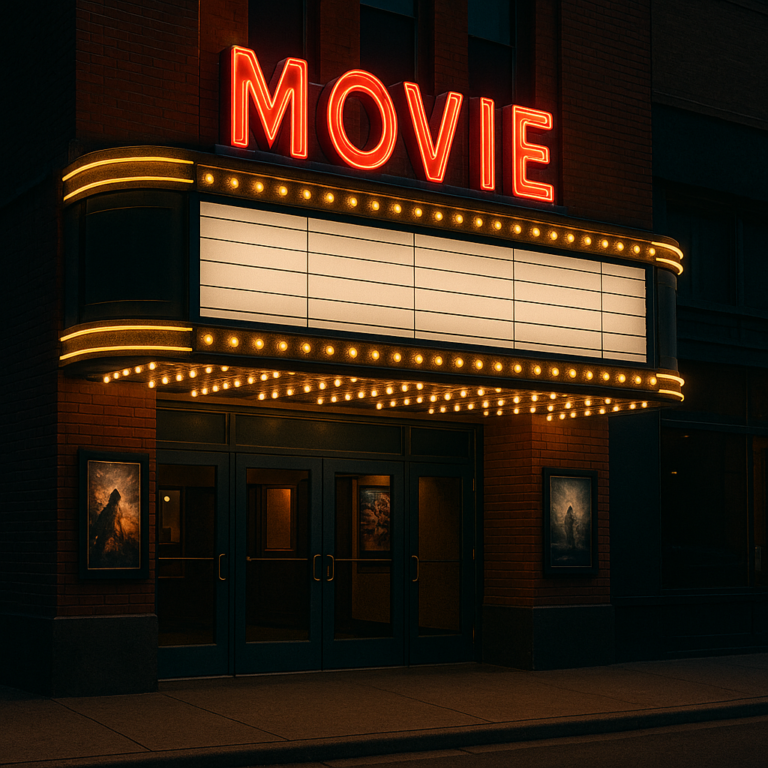### Understanding Cinematography Basics for Beginners
Cinematography is the art and science of capturing visual images for film. It involves many elements, including camera movement, lighting, and shot composition. These elements work together to convey mood, tone, and narrative, making cinematography essential for understanding film form and style.
#### What is Cinematography?
Cinematography is not just about pointing a camera at something and recording it. It’s a deliberate process that requires careful planning and execution. Here are some key aspects of cinematography:
– **Camera Movement:** This includes panning (moving the camera horizontally), tilting (moving the camera up or down), and tracking (moving the camera along with a subject). Each movement can change how the audience perceives the scene.
– **Lighting:** Lighting can set the mood and atmosphere of a scene. It can be natural (using sunlight) or artificial (using lamps and other light sources). Different lighting setups can make a scene look warm, cool, or even eerie.
– **Shot Composition:** This refers to how the elements within a frame are arranged. It includes the placement of subjects, the use of negative space, and the framing of the shot. A well-composed shot can draw the viewer’s attention to specific parts of the scene.
#### Key Elements of Cinematography
1. **Camera Angles:**
– **High Angle:** Looking down at a subject, often used to make them appear vulnerable.
– **Low Angle:** Looking up at a subject, often used to make them appear powerful.
– **Eye Level:** Shooting from the same height as the subject, creating a sense of normalcy.
2. **Shot Types:**
– **Close-Up (CU):** Focusing on a specific part of the subject’s face or body.
– **Wide Shot (WS):** Showing the entire subject or scene.
– **Long Take:** Capturing a scene in one continuous shot.
3. **Focus:**
– **Sharp Focus:** Everything in the frame is clear.
– **Blurry Focus:** Certain parts of the frame are out of focus, drawing attention to other elements.
#### Practical Tips for Beginners
1. **Start with the Basics:**
– Begin with a simple camera that you’re comfortable with. If you’re new to film, consider a fully automatic camera with autofocus. This way, you can focus on composition and lighting without worrying about settings.
2. **Understand Exposure:**
– Exposure is the relationship between your camera’s aperture, shutter speed, and ISO. Proper exposure is key to capturing the right amount of light. Practice shooting in different light settings to understand how each setting impacts your final image.
3. **Experiment with Lighting:**
– Lighting can make or break a scene. Experiment with different lighting setups to see how they affect the mood and atmosphere of your shots.
4. **Pay Attention to Composition:**
– Composition is about arranging elements within a frame to create a visually appealing image. Practice framing your shots to draw attention to specific parts of the scene.
5. **Practice, Practice, Practice:**
– The more you practice, the better you’ll become at capturing the right shots. Don’t rush your shots; take your time to compose each one carefully.
### Conclusion
Cinematography is a rich and complex field that requires patience, practice, and creativity. By understanding the basics of camera movement, lighting, and shot composition, you can start to create visually appealing images that tell a story. Remember, it’s not just about pointing a camera; it’s about crafting a visual experience that engages the audience. With time and practice, you’ll master the art of cinematography and become a skilled filmmaker.


